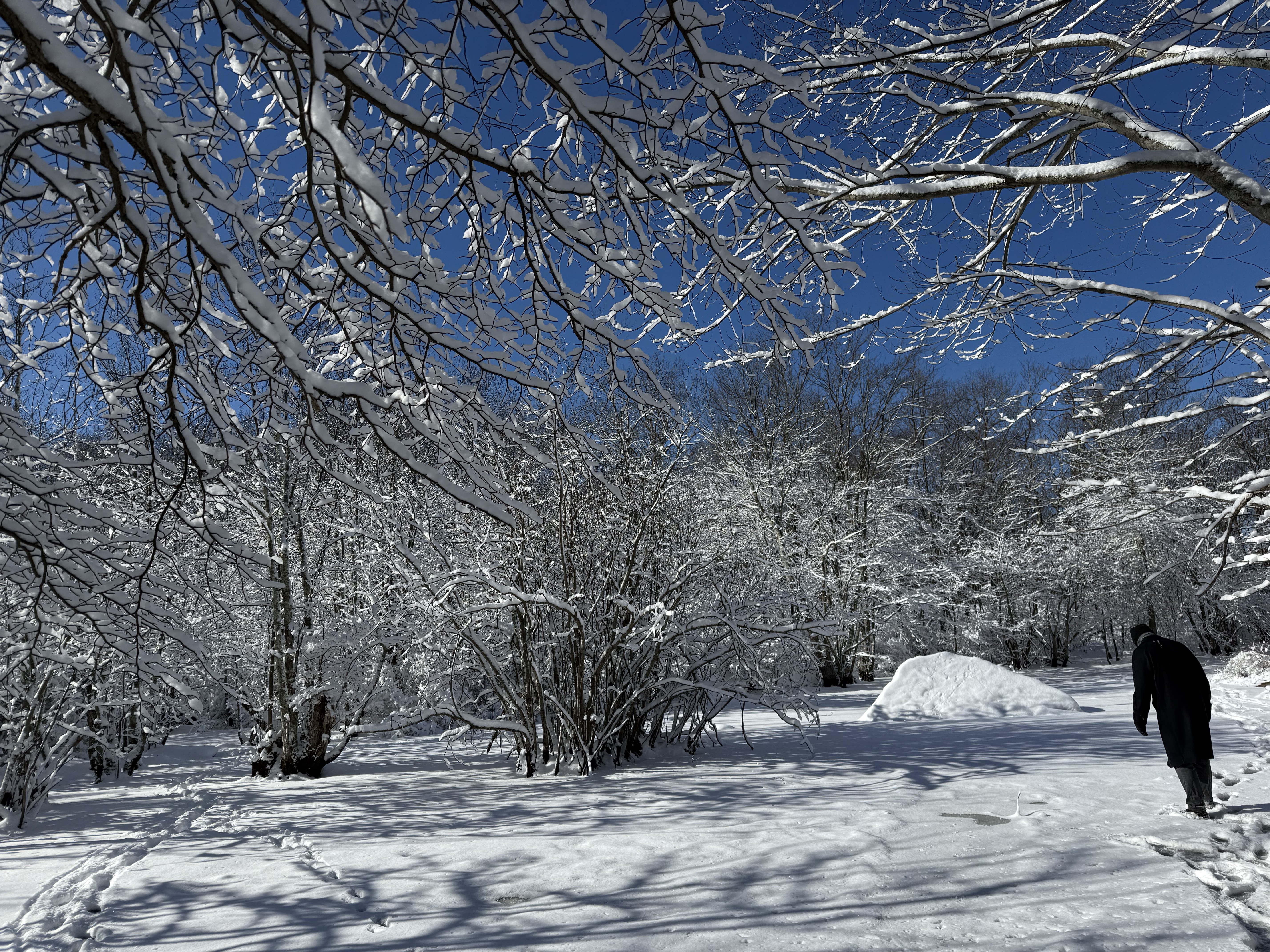By Richard B. Primack
“Only that traveling is good which reveals to me the value of home and enables me to enjoy it better.” Henry David Thoreau in his Journal.
Copenhagen has many remarkable historical buildings such as the City Hall, or Radhus, which dominates the main city square.
 |
| Photo 1: The City Hall is a dark imposing brick building built in 1905. |
 |
| Photo 2: A statue in front depicts a bull killing a dragon. |
 |
| Photo 3: There is a large interior space, illuminated by a skylight, often used for public purposes, such as the current high school art exhibit on the theme - The Pulse of Denmark. |
 |
| Photo 4: One entry in the exhibit is a diorama of husband and wife fighting while their daughter cries in another room. |
 |
| Photo 5: Numerous artistic flourishes provide beauty, such as this stylized display of seaweed. |
 |
| Photo 6: A sculpted display of flowers embedded in the wall enriches the experience. |
 |
| Photo 7: Besides magnificent architecture, the City Hall is also a functional space, with offices arranged along corridors, all illuminated by a skylight. |






























